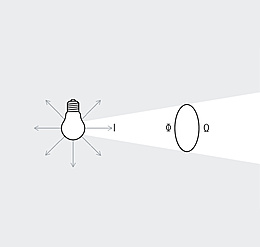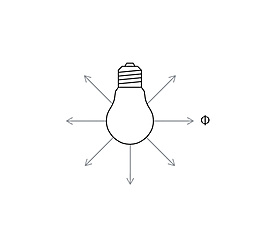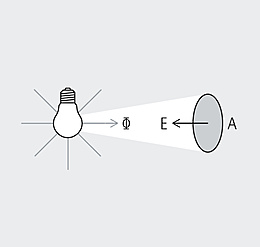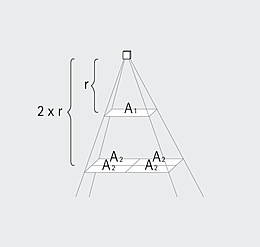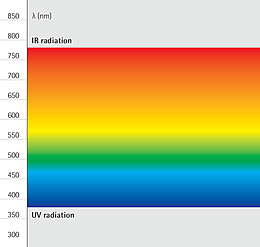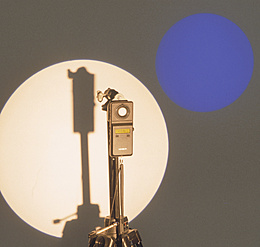
The luminance L of a self-luminous surface results from the ratio of luminous intensity l and its projected area Ap.
Luminance (L) describes the brightness perceived by the human eye of a surface that, as a light source or through transmission or reflection, emits light. Luminance is defined as the ratio of luminous intensity (I) to the area projected perpendicular to the direction of observation (Ap). The photometric unit is candela per square foot meter (cd/ sq ft)

